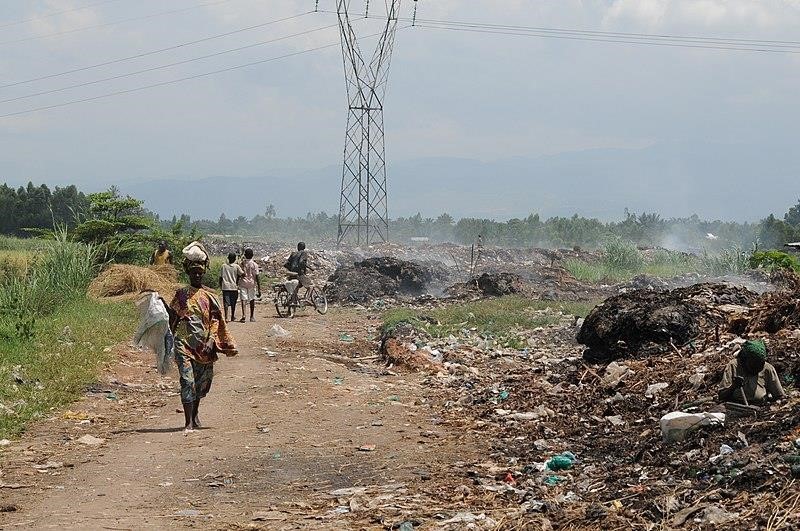The disposal of municipal solid waste (MSW) has long been associated with a host of environmental problems, including water and air pollution, habitat destruction, and aesthetic issues, among others. In many developing nations, disposal of waste also attracts disease vectors and poses additional human health risks.
Links between waste management and climate change have been less publicized than other types of impacts but are no less important. Release of greenhouse gases (GHGs) like carbon dioxide (CO2) and methane (CH4) during various steps in the disposal process can be significant.
Recycling and waste transport have additional costs and benefits that must be considered.
Considering that the average US citizen generates almost 2.3 kg of MSW each day, sustainable waste management must be carefully considered by communities to identify the most efficient and effective ways to dispose of their trash.

The Problem
Municipal solid waste (MSW) refers to all waste generated by people in their homes and businesses that is typically collected and disposed of by municipalities.
While landfills and dumps can be used to dispose of almost any type of waste, only organics and paper products can be composted.
Metals and glass cannot be incinerated.
The composition of waste varies widely across nations and over time (Fig.12.2).
The World Bank estimates that at least a third of MSW is not managed in ways that protect the environment.
Groundwater pollution: unlined or leaking lined landfills can contaminate underlying aquifers as leachate, or “garbage juice,” produced by the waste seeps down through soils and bedrock.
Human health: improper disposal of waste can lead to a variety of adverse health outcomes.
Siting of such hazardous waste facilities in poor and under-represented neighborhoods is a prime example of environmental racism/justice.
The Great Pacific Garbage Patch, which contains substantial amounts of plastic waste, now covers more than 1.6 million square km.
But waste disposal makes additional direct contributions to GHG emissions.
The Role of Climate Change
Connections between waste management and climate change may not be initially apparent, but how we create and dispose of trash is closely tied to carbon emissions and our overall “garbage footprint.”
This “throwaway culture” drives demand for the production of new replacement products, which release significant quantities of GHGs during their production and delivery.
How far materials need to be transported varies widely, but as local landfills fill up, long–haul waste transport has become a booming business.
Solutions
While progress in reducing the amount of goods produced is particularly challenging in our consumer society, access to recycling programs has been growing.
Terracycle works directly with manufacturers to help design their products to facilitate recycling, make their products and packages from more recycled materials, and reduce single-use consumption through reuse platforms.
The global waste recycling services market was valued at $55.1 billion U.S. in 2020 but is expected to grow considerably in the coming years as consumer awareness about the environmental impacts of waste increases.
The Repurpose Project was begun in 2011 to salvage items that traditional thrift stores didn’t.
Consumers Beyond Waste, an initiative of the World Economic Forum’s Future of Consumption program, has developed a playbook for cities to develop and test reuse programs and partners with business, public, and governmental groups to facilitate new models of consumption.
Earthships, homes made from recycled materials including bottles, tires and cans, use about one-sixth the resources required for a traditional house.
Burning refuse in incinerators to make electricity has been touted as key to reducing the net carbon emissions from waste treatment.
But the carbon intensity of incinerated waste is closer to coal and oil due to the increasing volume of carbon–based products in the waste stream.
However, new technologies to ensure efficient energy recovery and sustainable disposal of ash waste can minimize the carbon footprint of incineration facilities.
Build Your Foundational Knowledge
Recycling Distribution Centers:
EPA: Frequent Questions on Recycling, EPA:
Improving Your Recycling Program
Municipal Composting:
Cornell Composting: Municipal Solid Waste Composting,
State of Composting in the U.S.
Secure Landfill:
Small Group Guided Worksheets
Additional sources:
Recycling distribution centers: Warehouse and Distribution Center Recycling – Generated Materials Recovery
Composting: Types of Composting and Understanding the Process
Landfills: Basic Information about Landfill Gas